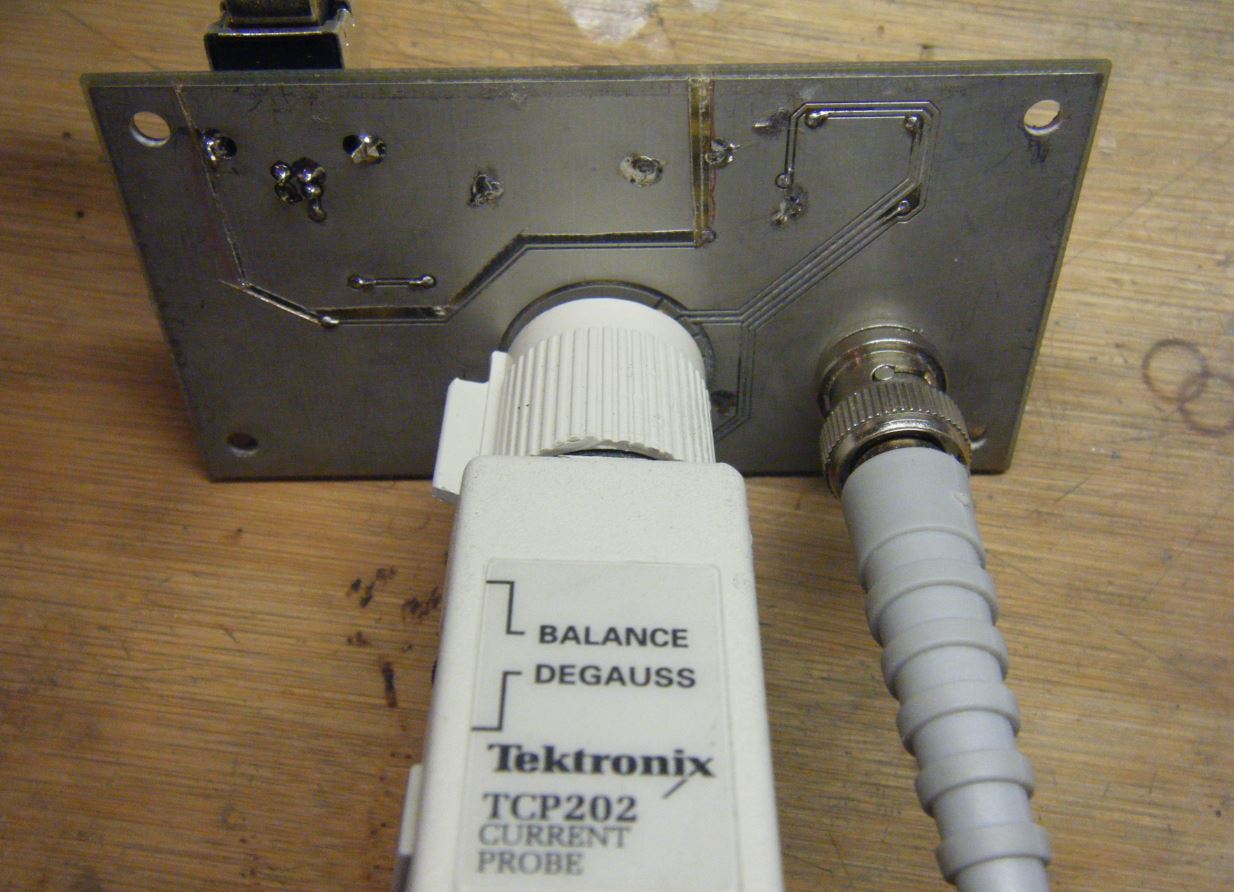Hi,
It is time to share my latest project.
I recently bought a DSOX3034A oscilloscope. This has the AutoProbe interface. Agilent sells an adapter that allows Tektronix TekProbe porobes to be used with the Agilent scopes. The adapter is Keysight part number N2744A T2A.
My main interest is to power a Tektronix TCP202 dc current probe.
I am also aware of the Tektronix 1103 probe power supplies, which allow the Tektronix probes be used with other oscilloscopes.
I decided to take a slightly different approach. I decided to power the adapter from one of the two USB ports on the oscilloscope.
The USB gives me +5V, but I need +/-5V and +/15V for the probe interface. So a dc/dc converter is required. The challenge in this application is noise. I needed low noise power supplies so as not to degrade the signals being examined.
Intergrated CircuitsFor this project I used the Linear Technology LT3580 for a multi-output flyback supply. The flyback supply generates +/-8V and +/-16V.
Link:
http://www.linear.com/product/LT3580I used an off the shelf transformer from Wurth Electronics part number 749196131. This transformer has six identical windings.
Link:
http://katalog.we-online.com/pbs/datasheet/749196131.pdfI then used two Linear Technology LT3032 Dual Positive/Negative LDOs to regulate the +/-5V and +/-15V supplies.
Link:
http://www.linear.com/product/LT3032SchematicHere is a picture of the schematic. I have attached a pdf version which should be easier to read.
 Circuit Board Design
Circuit Board DesignI have separated the power ground from the signal ground by splitting the ground planes on the top and bottom side of the board.

 Photographs
PhotographsHere are some photographs of the prototype. The board is 50 x 92 mm. I did not split the ground plane in my original design, so you can see the rework.



Here is a picture of the board with the probe attached. The BNC cable takes the signal to the scope.

I plan on mounting the board in a small diecast box.
TestingThis first scope picture shows the noise floor. The scope is set to 2mV/div. You can see some spike at 1 MHz which originate from the flyback supply.

Here is a second picture showing the current measurement 5A pulsing a power supply with a dynamic load.

Regards,
Jay_Diddy_B